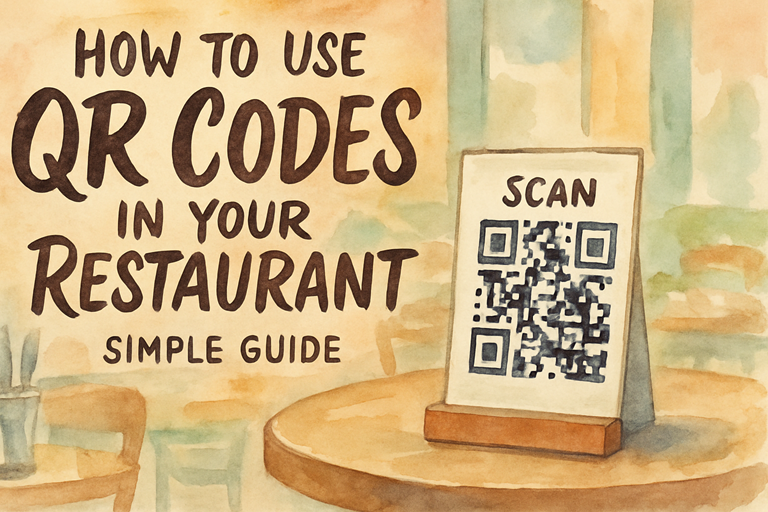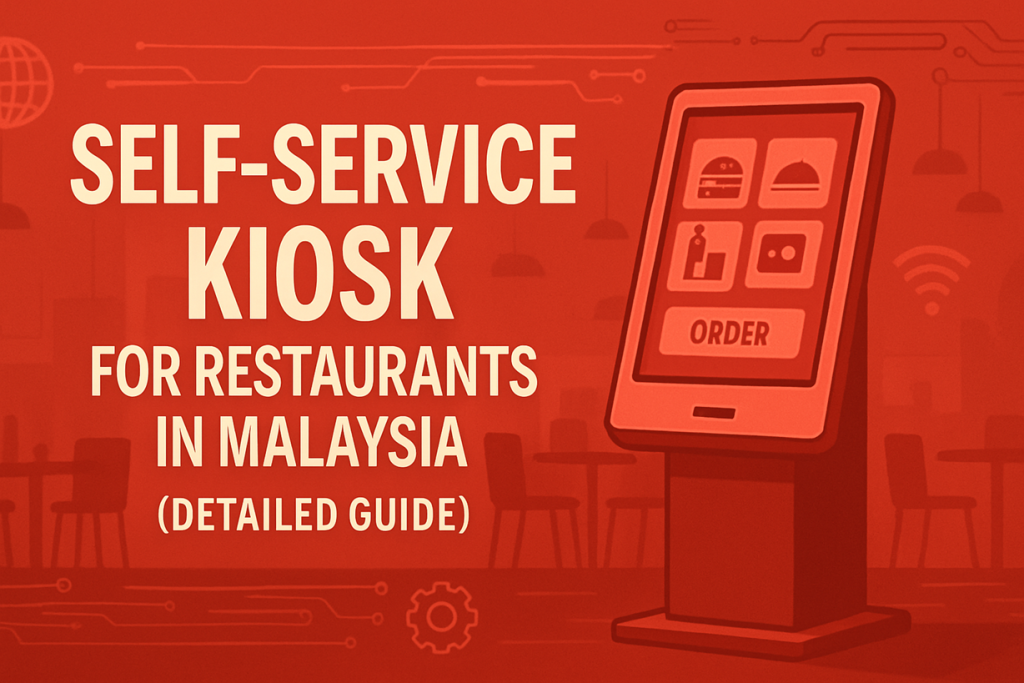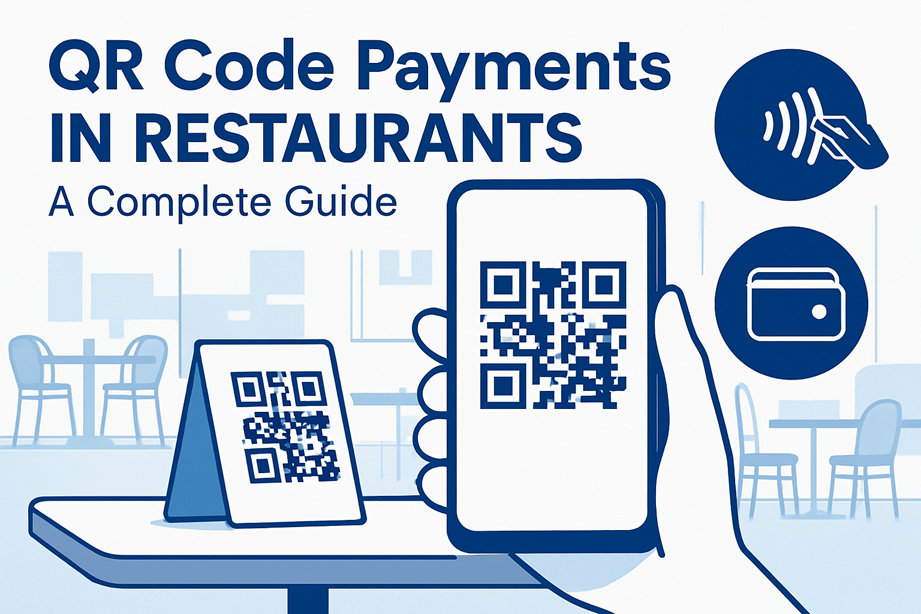The introduction of QR ordering has revolutionised the way we order food, making it easier and more efficient than ever before. In the last few years, QR ordering has become increasingly popular in restaurants, allowing customers to scan a code and place their order from their own device. This has allowed restaurants to reduce manpower, streamline processes, and provide more convenience to their customers. In this article, we’ll be breaking down the potential benefits it brings for restaurants, as well as the potential challenges and opportunities that come with using QR ordering.
Benefits of QR Ordering
1. Increased Efficiency
By using this technology, customers can now order a meal from their table, eliminating the need to wait in line or call ahead. This can help restaurants reduce their waiting times, allowing them to serve more customers in a shorter amount of time. QR code ordering also reduces the need for wait staff, allowing restaurants to save on labour costs. Additionally, QR code ordering can also help reduce errors in the ordering process. Customers can easily select the items they want from a menu, eliminating the potential for mistakes.
2. Improved Customer Experience
By simply scanning a code, customers can access a restaurant’s menu, view nutritional information, and customise their order in a matter of seconds. This presents a huge opportunity for restaurants, as it allows them to quickly and easily engage with their customers in a way that was never before possible. It also provides customers with a convenient and stress-free ordering experience, which can help to create a more positive overall experience for customers. Additionally, restaurants can use QR codes to offer special promotions and discounts, which can help to drive customer loyalty and ensure that customers keep coming back.
3. Reduced Costs
The evolution of QR code ordering has the potential to drastically reduce costs for restaurant owners. By eliminating the need to hire wait staff, restaurants can save on payroll costs and other administrative costs associated with managing employee accounts. The cost savings can then be used to invest in additional technology or marketing initiatives to further grow the business. QR code ordering can also reduce the costs associated with processing payments. By allowing customers to pay directly online, restaurants can avoid the cost of handling cash, which can add up quickly over time.
Challenges of QR Ordering
1. Security Concerns
The use of QR code ordering in restaurants brings with it a whole host of security concerns. As the technology continues to evolve, restaurants must be vigilant in protecting customers’ financial information, as well as the data they collect. As the technology becomes more commonplace, hackers and other cybercriminals become more adept at exploiting vulnerable systems. Restaurants must be mindful of these threats, and have adequate measures in place to protect their customers’ data. One potential security issue is the use of QR codes to access customer payment information. QR codes can be easily intercepted by malicious actors, who can then access the customer’s credit card information or other sensitive data. To prevent this, restaurants should use encrypted QR codes, which are more difficult to decode and will protect customer data from being accessed.
2. Technical Difficulties
As restaurants continue to adapt to the digital age, the introduction of QR codes for ordering presents unique challenges. There are technical issues to be aware of, such as the need to ensure that the QR code is visible, that the QR code is compatible with the restaurant’s ordering system, and that the QR code is properly integrated with the restaurant’s point-of-sale system. Then comes the issue of customer education. Customers must be educated on how to use QR codes and understand what information they are sharing when they scan a QR code. This can be a challenge for restaurants, as it requires extra effort to teach customers how to use the technology.
The Future of QR Ordering
1. Automated Ordering
The idea of automated ordering is not a new concept, but the introduction of QR codes has made it much more accessible for restaurants. Restaurants that have implemented automated ordering are seeing an increase in efficiency, as well as a decrease in wait times. Beyond that, automated ordering also makes it easier for restaurants to accept payments. Through QR codes, customers can pay for their meals with a few clicks of their phones, eliminating the need for cash or credit cards. This also makes it easier for restaurants to manage their inventories and track customer orders, as everything is handled digitally.
2. Integration with Payment Platforms
Thanks to QR code integration, restaurants can leverage customer data to create personalised experiences and rewards programs. The integration of QR codes with payment platforms can also help restaurants reduce operational costs. By streamlining the payment process, restaurants can save time and money by eliminating manual processes. Additionally, integrating QR codes with payment platforms allows restaurants to track customer orders and payments accurately, which can help improve customer service and increase customer loyalty.
Like it or not, the evolution of QR ordering has been truly remarkable in recent years. It has allowed restaurants to provide customers with a quick and convenient way to order food, while also providing restaurants with an efficient order processing system. As technology continues to evolve, the potential for the use of QR codes in restaurants is practically limitless. As more restaurants continue to adopt the technology, customers can expect to see even more ordering options and features in the years to come. Restaurants will be able to better serve their customers and improve the overall dining experience.



